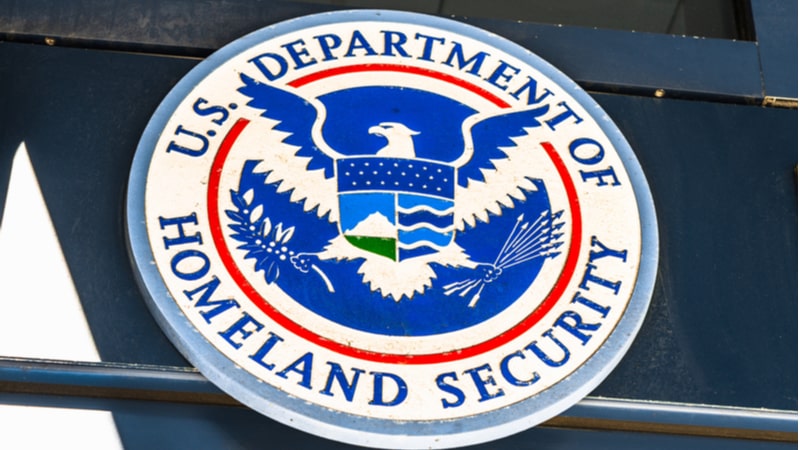
The Department of Homeland Security (DHS) advisory council has released a final report guiding DHS on how it can bolster its innovation efforts to maximize opportunities for start-up companies to enter the market, prioritize innovative acquisitions, and reduce barriers.
On March 16, the Homeland Security Advisory Council’s (HSAC) Homeland Security Technology and Innovation Network (HSTIN) Subcommittee released a report that assesses the private sector’s experience with technology development and innovation, and provides recommendations on how DHS can create a more robust HSTIN.
“To keep pace with new threats and protect the nation’s security, the Department needs a robust and efficient [HSTIN] that encourages an enhanced schedule of development and deployment for critical technology and assets,” the report says. “Building this network requires strong partnerships with different stakeholders, especially those from the private sector.”
From October 2022 until the release of the final report last week, HSAC was tasked with assessing how the private sector engages with current innovation programs; recommending different means of increasing private sector partnerships and harmonizing existing innovation efforts; and identifying current barriers.
During its six months of work, the subcommittee drew upon expert interviews and supplemental research and met with representatives, subject matter experts, and leaders across several DHS components.
The subcommittee made five recommendations that address how DHS can “better support, bolster, and streamline its innovation related efforts in a way that maximizes opportunities for non-traditional companies to enter the market, prioritizes innovative acquisitions, and reduces barriers to entry.”
The subcommittee recommends that DHS create a concise, “How to Work with DHS: Focus on Mission” guide to better provide a roadmap for points of entry, contract vehicles, special contracting opportunities, and points of contact within each department component.
The report also says DHS needs to develop a process for prioritizing technology innovation projects across the department.
“The Department would benefit from more prioritization and targeted investment in a few major projects, instead of spreading lower cost projects across the Department,” the report says. “To achieve that coordination and prioritization, the Subcommittee recommends that the Secretary take a more direct role in managing priorities and championing specific, major projects that leverage innovation to support critical departmental missions.”
As part of this prioritization, the subcommittee recommends that the secretary appoint a senior advisor to coordinate and manage innovation projects across DHS. Development of an online dashboard available to DHS senior leadership that charts status and progress on innovation projects across the Department would be a useful tool, the report says.
DHS must leverage best practices by taking a close look at various offices across the department that claim responsibility for driving innovation with an eye toward reducing redundancy, the subcommittee’s third recommendation notes.
The report also says DHS needs to add structured metrics and accountability for innovation and funding initiatives – like creating benchmarks for success or administering surveys on an annual basis.
Finally, the subcommittee recommends that DHS conduct an internal review of contracting authority and processes for mission-supporting technologies.
“The Subcommittee has made five recommendations that, if implemented, can improve the Department’s management of its existing innovation efforts and interactions with private industry eager to engage with DHS, and spur greater collaboration and continuity across the DHS enterprise,” the report concludes.
